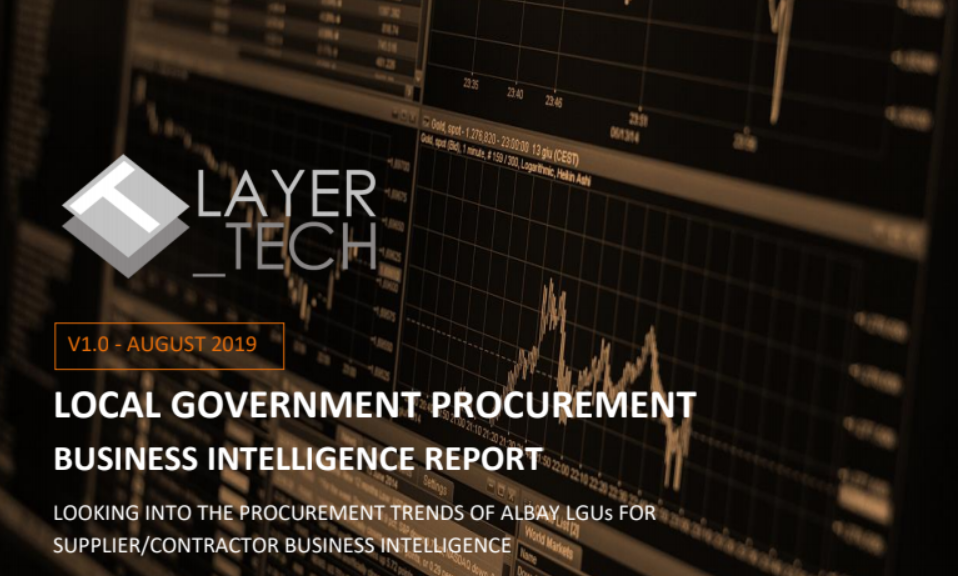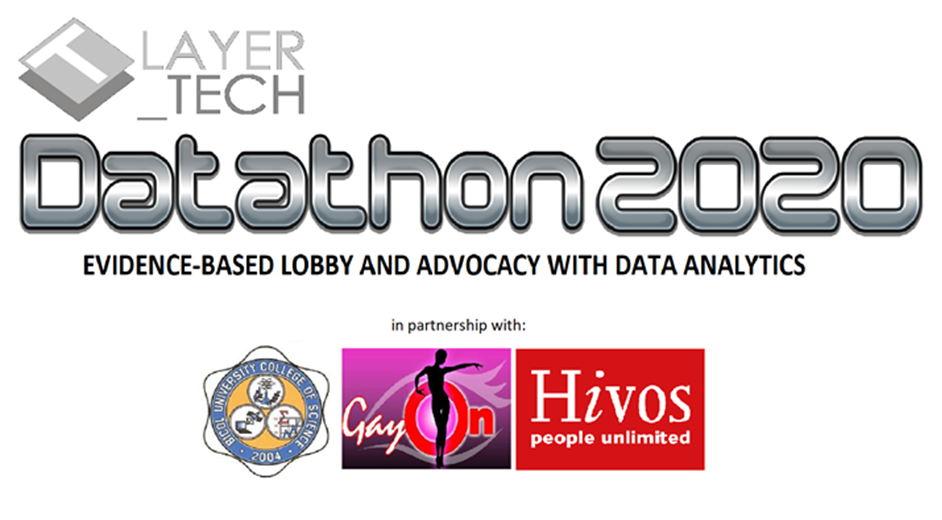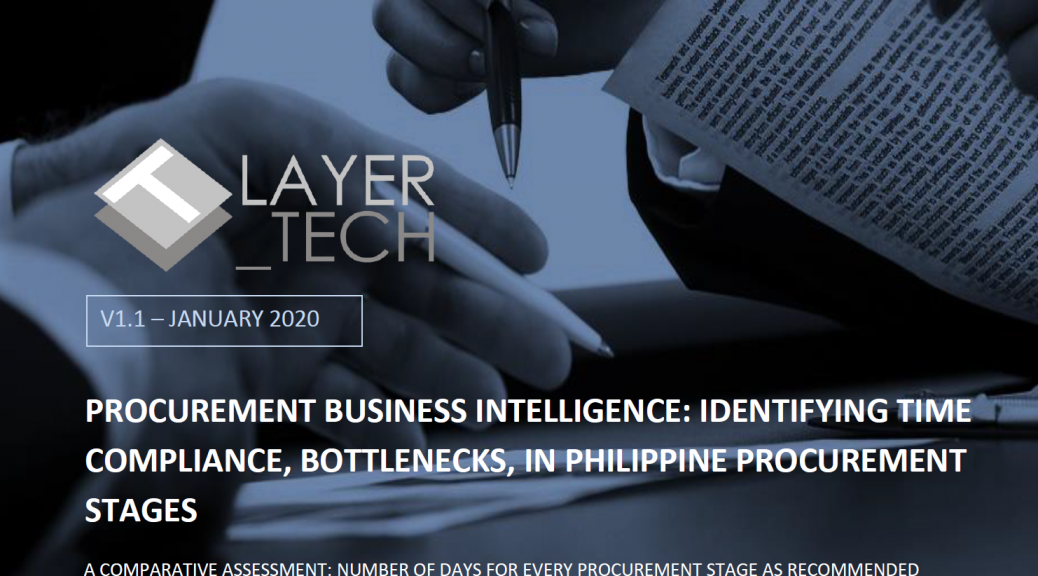(This article is submitted by the research team and may be updated in the future.)
The COVID-19 pandemic has largely affected local government units (LGU) in the Philippines, guven the continuous rise of confirmed COVID-19 cases within their respective areas of jurisdiction. In mid-June 2020 alone for example, a spike in the COVID-19 cases was observed across all regions in the country.
As of July 22, 2020, a total of 72,269 confirmed COVID-19 cases has been reported, of which 46,803 cases are classified as active [1]. It is therefore imperative for the LGUs to immediately contain this spike in confirmed COVID-19 cases to prevent further spread of infection in their areas.
Possible Cause of Recent Spike in COVID-19 Cases
With the sudden implementation of a nationwide lockdown across all provinces in the Philippines, about 84,000 individuals remained stranded in Metro Manila for the duration of the imposed mitigation measures in the country [2]. In this case, a humanitarian effort to send these locally stranded individuals (LSI) to their respective home provinces was launched.
As the COVID-19 data published daily by the Department of Health indicated [1], the recent spike in confirmed COVID-19 cases mid-June 2020 could be linked to the return of LSIs to their respective home provinces.
Cross-examination of recently published COVID-19 data on regions (i.e. Region V) reporting a significant number of arriving LSIs further supplemented this observation [3]. As a result, there have been reported instances of mismanagement on the containment protocols of possible COVID-19 positive cases due to the onset of this described occurrence [4]. Hence, there is then a need to assess the capacity of LGUs to properly manage the arrivals of possible COVID-19 positive LSIs while ensuring that the arriving individuals are not discriminated and properly received according to the required medical protocols .
Capacity of LGUs to ACT on Arriving LSIs
Through a research grant given by Layertech Software Labs, Inc. and Hivos – People Unlimited, a group of faculty researchers from Bicol University College of Engineering looked closely into this present dilemma. Using COVID-19 related procurement data and officially press released COVID-19 data for the case of Region V, a system classifying the capacity of LGUs in the said region to accommodate, contain, and treat (ACT) arriving LSIs was formulated.
Under the developed system, three general LGU classifications were then derived namely, “low”, “moderate”, and “high”.
LGUs classified under the “high” category were reported to have at least three (3) hospitals and at least 10,000 PPEs readily available for ACTing on the arrival of possible COVID-19 positive LSIs. This then implied according to the researchers that LGUs categorized as “high” are the most equipped on ACTing on arriving LSIs. On the other hand, “moderate” LGUs were reported to have 1-2 hospitals readily available and a significantly low number of active COVID-19 cases within their respective areas of jurisdiction while “low” LGUs were also reported to have 1-2 hospitals within their vicinity but their active COVID-19 cases were relatively higher than that of “moderate” and “high” LGUs. In this perspective as cited by the researchers, LGUs (i.e. Oas, Albay) classified into “moderate” or “low” categories are highly advised to exercise due scrutiny and adhere to stringent health protocols while ensuring LSIs are not discriminated upon their arrival.
With the validation studies done on the case of Region V, this developed classification system is indeed seen to be helpful in providing data-driven insights that will specifically aid decision-makers on creating policies for proper management on the arrival of such individuals.
See the researcher’s presentation slides below:
 Loading…
Loading…
Watch the entire presentation in the following video:
References:
[1] https://www.doh.gov.ph/covid19tracker
[2] https://www.philstar.com/headlines/2020/06/22/2022647/palace-government-reviewing-hatid-probinsya
[3] https://www.facebook.com/dohbicol/
[4] https://www.cnn.ph/news/2020/6/22/Hatid-Probinsya-Program-COVID-19-cases-provinces-Roque0.html









